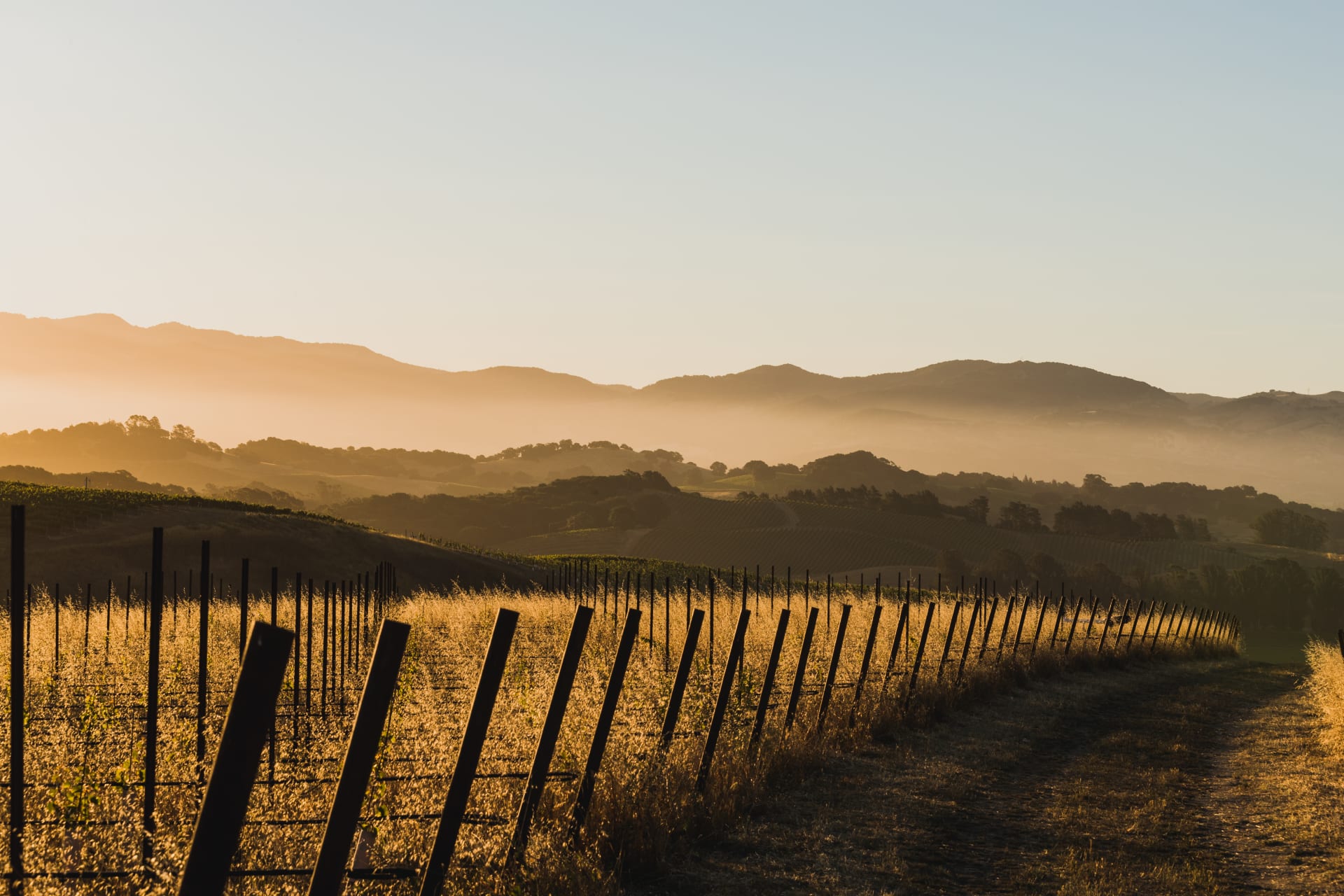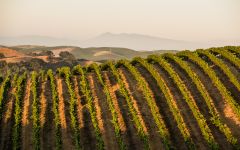Artesa Sonoma Syrah 1999


Product Details
Your Rating
Somm Note
Winemaker Notes








Artesa (ahr TESS uh) means "craftsman" and connotes "handcrafted" in Catalan, language of Barcelona and their owner, Group Raventós-Codorníu –Spain's oldest winemaking family, one of the world's oldest wineries, owner of 14 wineries and exporting to over 100 countries–.
In 1991 , this family ventured to a new world: a sea-facing hillside in the Napa Valley, with rocky soils and a favorable coastal climate. Artesa's architecturally-acclaimed facility opened then, named as Codorniu Napa, and dedicated solely to méthode champenoise sparkling wine production.
The arrival of a world-class winemaker and a $10 million conversión shifted their focus dramatically in 1997. The winery reopened in 1999 with the inaugural release of ultra-premium, estate grown, artesan still wines.
While Artesa is a relative newcomer to Napa, it has received a rich heritage of five centuries of history with 15 generations of a remarkable winemaking family, which are put now at the service of their mission: crafting distinctive wines and sharing them with joy.
